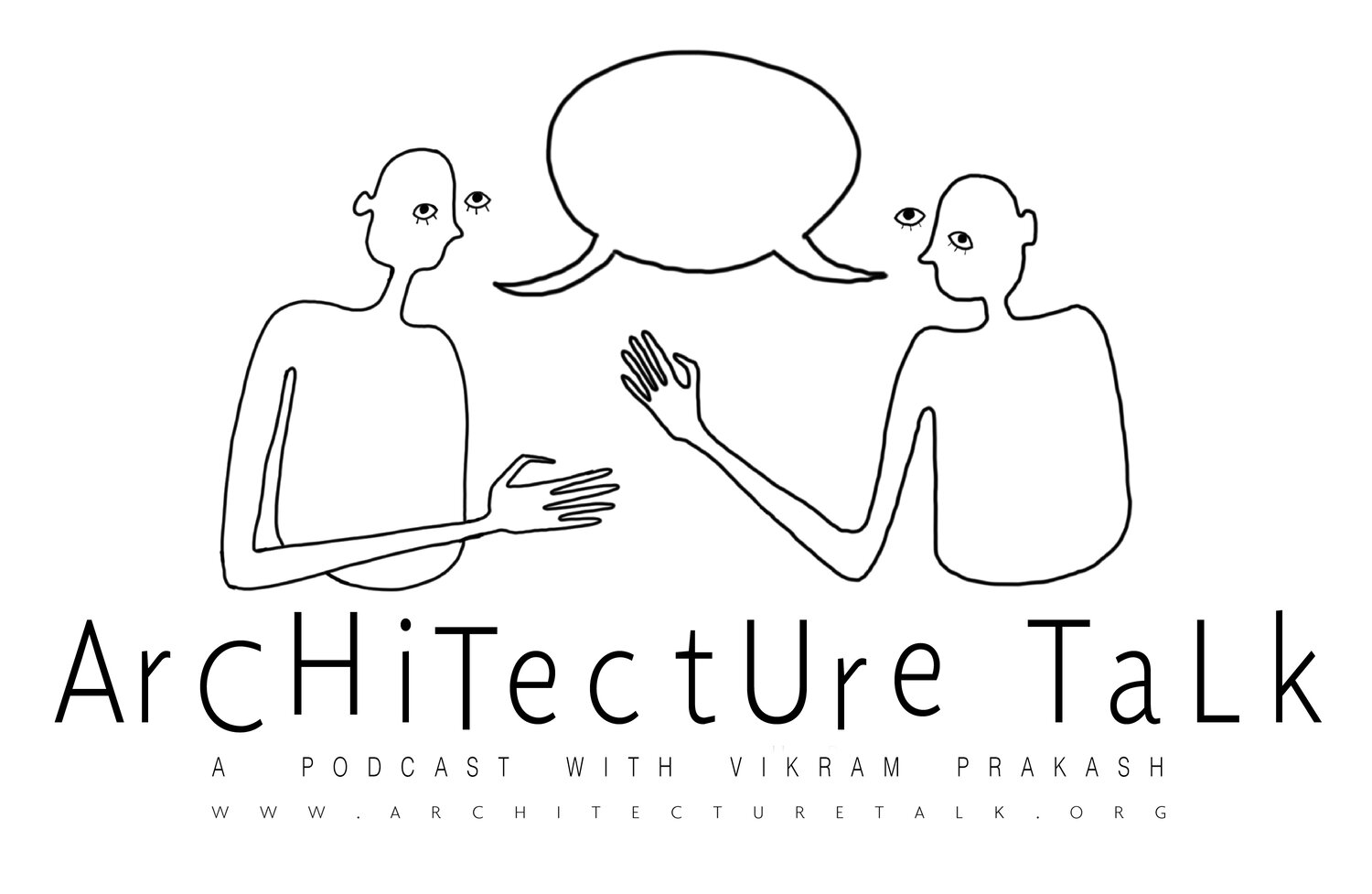62. The American War with Pao Houa Her and Sadie Wechsler
Pao Houa Her and Sadie Wechsler
Image credit: S Surface
“…the Vietnam war is the root of all of this work; it was because of the war that we were uprooted from our home; it is this war that separated families…that leaves us this desire…” - Pao Houa Her
For Americans, it was the Vietnam War. For Vietnam and Laos, It was The American War. Next week, we are joined by photographers Pao Houa Her and Sadie Wechsler as we discuss relationships of the war, both past and present, within their current collaborative exhibit, The American War.
Menu Image: Sadie Wechsler
Timestamp Outline
1:35 Vikram introduces Sadie and Pao, mentioning their exhibition, The American War, at King St. Station in Seattle, Washington. The work covers the war in Vietnam as well as the covert war in Laos
4:41 “Sadie…what did you learn from your visits to Laos that we might be looking for in this exhibition?” -VP
6:08 “From my perspective, this is a pretty sensitive subject, or something challenging to address with photography, especially as a white American…I was really careful in trying to use my photographs to speak only for my perspective…” - SW
7:45 Vikram asks Pao to respond to Sadie’s approach to the work.
9:46 Pao describes tremendous support of Sadie and her sensitive approach, moving in to describe her own relationship with her culture of origin, “I am Hmong, I did come here to the United states in 1986, and at that time Hmong people were virtually unknown. We weren’t Vietnamese. There was a huge disconnect between Hmong and Vietnamese and Hmong and their role in the Vietnam war.” -PHH
11:22 Vikram asks about cross-culturally and what we have the right to speak for, “…But, if I am to speak for American, Americans should be able to speak for south Asia, so long as they have some familiarity to it. Do you agree with that?” - VP
13:00 “…particularly for photography, it feels really important to be making work that’s on that edge of comfort, just to engage in this dialogue and think about what we have the right to photograph, how we want to interact with the world around us….One reason it’s uncomfortable, as an American, which we all are, this legacy of war is horrifying and continues today. I think trying to come to terms with that, or visually wrestle with that… I think its important to see it, both from Pao’s perspective, but also from my perspective….”- SW
14:02 Vikram asks about the war in today’s imagination
14:42 Pao describes her fascination with the war tourism that happens in Laos and south east Asia.
16:59 “How would you describe your exhibition as different from war tourism?” - VP
18:59 Vikram’s, in contrast, asks about Pao’s photographs, which are largely of people.
19:46 “…really early on in my photographic career, I decided to only make work within the Hmong community…but ultimately, Vikram, the Vietnam war is the root of all of this work; it was because of the war that we were uprooted from our home; it is this war that separated families…that leaves us this desire…” - PHH
24:28 Pao describes the incredible importance of General Vang Pao to Laotian people and culture
Some of Pao’s previous work, which is included in the Exhibition, focuses on the legacy of Hmong people’s participation in the war
27: 45 Vikram moves the conversation towards the spatial arrangement of the exhibit, described by Sadie and Pao as an archive
28:34 “…it’s a collaboration of sorts, but it comes from work that both Pao and I are making independently…but also in showing the work together in this way…it’s not a two person show, but a deep conversation” - SW
34:17 “What have you learned?” - VP







